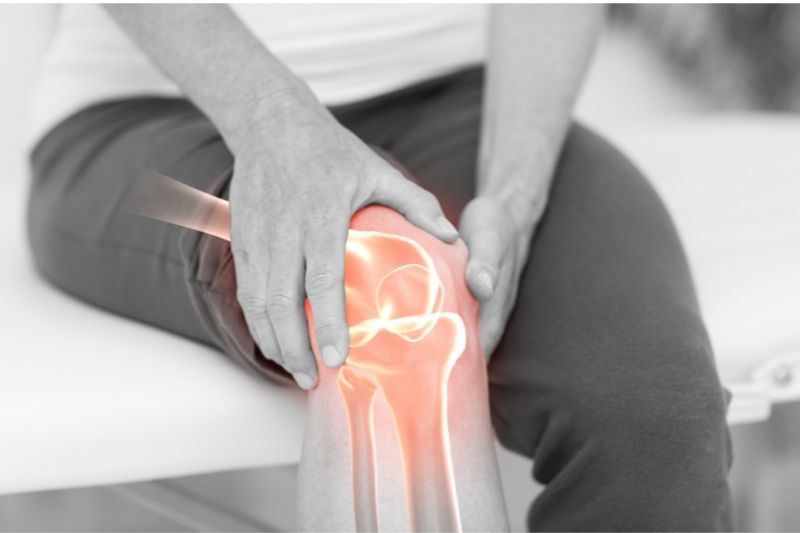
How Cellular Therapy Can Heal Injured Knees
As the largest joints in the body, the knees often suffer the most from the wear-and-tear that comes with a lifetime of use (or abuse). Whether damaged by an injury such as a ligament or tendon tear or simply worn down by years of standing, running, jumping, lifting, etc., the result is often the same: chronic pain, inflammation, and reduced movement.
Depending on the extent of the injury or damage in the knee, patients can often gain some relief from steroid injections to decrease swelling or from other interventional treatments such as hyaluronic acid injections to increase lubrication in the joint. But when these options have been expended, many look to surgery as their last, best hope to repair the damage and bring sought-after pain relief.
But now non-surgical cellular therapies are providing long-term relief to patients with knee pain by putting the body’s own natural healing abilities to work to undo the damage brought on by injury or degeneration.
How Does Cellular Therapy Work?
Known as regenerative medicine, cellular therapy harness powerful healing properties within the body’s building blocks—its own cells—to help repair and in some cases, replace injured tissues. This includes the cartilage in the knee joint and soft tissues such as tendons and ligaments in the knee.
To adhere to Federal Food and Drug Administration (FDA) guidelines, only autologous (from the patient’s own body) cellular products can be used to treat orthopedic conditions. Donor products, including cord or amniotic cells, are not approved to treat knee osteoarthritis or soft tissue injuries in the knee.
Cellular products are taken from the patient’s own blood marrow or fat (adipose) tissues or platelet-rich plasma to maximize the benefits of their unique healing properties:
- Platelet-Rich Plasma: Platelets in blood release growth factors and proteins that promote tissue repair, while the plasma carries the hormones, electrolytes, and nutrients required to nourish cells during the healing process. Platelet-rich plasma treatments can be customized to create specific formulations for each type of tissue being treated (muscle, tendon, ligament, cartilage).
- Cellular Treatments: Cells derived from the patient’s own bone marrow or adipose (fat) tissue called “pericytes” produce molecules that spur the production of new blood vessels, awaken other stem cells and encourage newly forming cells to produce collagen and other proteins essential for creating new healthy tissues. Stem cells have the unique ability to develop into the specific kind of cell needed, whether that be a tendon, ligament, cartilage, or bone.
After these products are removed from the patient, they are concentrated in highly specialized centrifuges and then reinjected directly to the injured area to become the specific kind of cell needed to address the degeneration or injury.
Do Cellular Treatments for the Knees Really Work?
Regenerative medicine practitioners have scores of anecdotal evidence from satisfied patients that support the powerful pain-relieving and healing properties of cellular treatments for the knees.
But because the field of regenerative medicine is relatively new, until now there has been a limited amount of clinical data to bolster this anecdotal evidence. We believe the quantitative, controlled data that this important clinical trial will produce will not only further the use of cellular treatments for orthopedic conditions but will also confirm what hundreds of our satisfied patients have been telling us for years: cellular treatments have helped their bodies heal naturally while allowing them to resume the activities that help them regain their quality of life.
To learn more about how cellular therapy treats knee injuries, contact Dr. Ethan Kellum at Nashville Regenerative Orthopedics. Fill out the form below to get started:
[gravityform id=4 title=false description=false]

